Effortless household cleaning hacks – who doesn’t want those, right? I know I do! Let’s be honest, cleaning isn’t exactly anyone’s favorite pastime. It’s often seen as a chore, a necessary evil we endure to maintain a semblance of order in our lives. But what if I told you that cleaning doesn’t have to be a grueling, time-consuming task? What if I could share some secrets that transform your cleaning routine from a dreaded obligation into a breeze?
For centuries, people have been devising clever ways to keep their homes clean. From ancient civilizations using natural ingredients like vinegar and baking soda to modern innovations in cleaning technology, the quest for a spotless home has always been a priority. Our grandmothers and great-grandmothers passed down their own unique cleaning tips, often born out of necessity and resourcefulness. These time-tested methods are often more effective (and eco-friendly!) than the harsh chemicals we find on store shelves today.
That’s why I’m so excited to share these effortless household cleaning hacks with you. In today’s busy world, time is precious. We’re all juggling work, family, and personal commitments, leaving little room for hours of scrubbing and polishing. These DIY tricks are designed to save you time, money, and energy, allowing you to enjoy a cleaner, healthier home without sacrificing your sanity. Get ready to discover simple, yet powerful techniques that will revolutionize your cleaning routine and leave you wondering why you didn’t try them sooner!
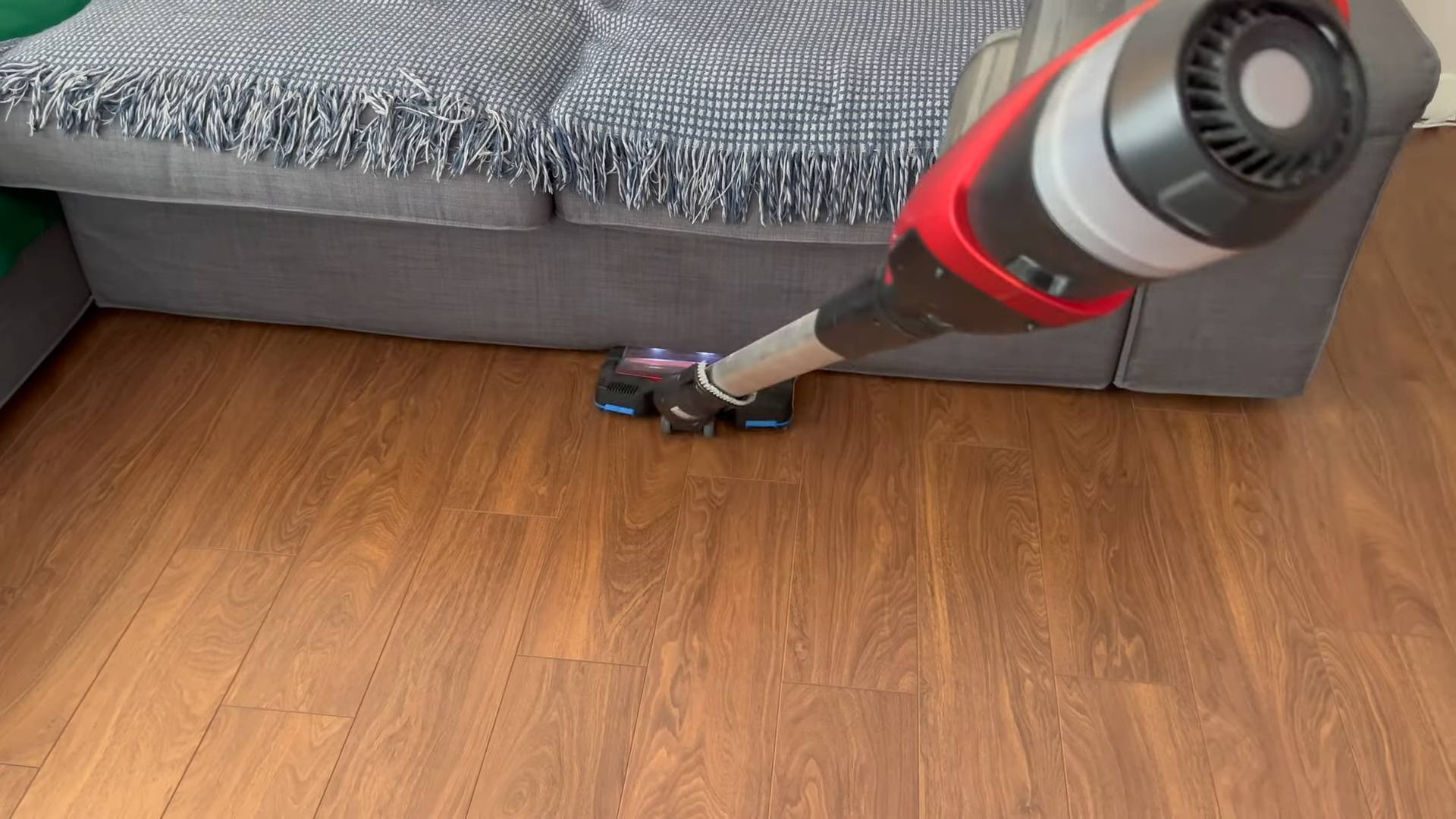
Effortless Household Cleaning Hacks: Conquer Clutter and Grime with Ease!
Okay, let’s face it, cleaning isn’t exactly anyone’s favorite pastime. But a clean home is a happy home, right? I’ve compiled some of my go-to, tried-and-true cleaning hacks that will save you time, money, and a whole lot of elbow grease. Get ready to transform your cleaning routine from a chore into a breeze!
Cleaning Your Microwave Like a Pro (Without Scrubbing!)
This is one of my absolute favorite hacks because it’s so incredibly simple and effective. Say goodbye to baked-on food splatters!
- The Goal: To loosen and dissolve food particles inside your microwave, making them easy to wipe away.
- What You’ll Need: A microwave-safe bowl, water, lemon juice (or vinegar), and a clean cloth or sponge.
- Prepare the Cleaning Solution: Fill the microwave-safe bowl with about 1 cup of water. Add 2 tablespoons of lemon juice (fresh or bottled) or white vinegar. The lemon or vinegar helps to break down grease and deodorize the microwave.
- Microwave Magic: Place the bowl in the microwave and heat on high for 3-5 minutes, or until the water is boiling and the window is steamy. The steam is key here!
- Let it Sit: Leave the bowl in the microwave for another 5 minutes without opening the door. This allows the steam to continue working its magic.
- Wipe Away the Mess: Carefully remove the bowl (it will be hot!). Use a clean cloth or sponge to easily wipe away the loosened food particles. You’ll be amazed at how effortlessly they come off!
- Final Touches: For stubborn spots, you might need a little extra scrubbing, but it should be minimal. Wipe down the turntable and the inside of the door.
De-Gunking Your Showerhead for Optimal Water Pressure
A clogged showerhead can seriously impact your shower experience. Mineral buildup restricts water flow, turning your relaxing shower into a frustrating trickle. This hack will restore your showerhead to its former glory.
- The Goal: To dissolve mineral deposits and buildup from your showerhead, improving water pressure.
- What You’ll Need: A plastic bag (sandwich bag or larger, depending on the size of your showerhead), white vinegar, a rubber band or twist tie, and an old toothbrush or pin.
- Vinegar Bath: Fill the plastic bag with enough white vinegar to completely submerge the showerhead.
- Secure the Bag: Carefully attach the bag to the showerhead, ensuring the showerhead is fully immersed in the vinegar. Use a rubber band or twist tie to secure the bag tightly around the showerhead’s neck.
- Soak Overnight: Let the showerhead soak in the vinegar overnight (or for at least several hours). This allows the vinegar to effectively dissolve the mineral deposits.
- Remove and Rinse: Remove the bag and discard the vinegar. Turn on the shower to flush out any remaining vinegar and loosened debris.
- Scrub Away Stubborn Residue: If you still see some mineral buildup, use an old toothbrush or pin to gently scrub or poke away any remaining residue.
- Enjoy Your Revitalized Shower: Enjoy your shower with improved water pressure!
Cleaning Your Blender Like a Boss (No Disassembly Required!)
Cleaning a blender can be a pain, especially when you have to take it apart. This hack simplifies the process and gets your blender sparkling clean in seconds.
- The Goal: To quickly and easily clean your blender without disassembling it.
- What You’ll Need: Dish soap, water.
- Rinse First: After using your blender, rinse out any large chunks of food.
- Soap and Water: Fill the blender halfway with warm water. Add a drop or two of dish soap.
- Blend Away: Secure the lid and blend on high speed for about 30-60 seconds.
- Rinse Thoroughly: Pour out the soapy water and rinse the blender thoroughly with clean water.
- Dry and Store: Allow the blender to air dry completely before storing it.
Freshening Up Your Mattress (Goodbye Dust Mites!)
We spend a significant portion of our lives sleeping, so keeping our mattresses clean is crucial. This hack helps to freshen up your mattress, eliminate odors, and kill dust mites.
- The Goal: To deodorize, sanitize, and freshen your mattress.
- What You’ll Need: Baking soda, essential oil (optional), a vacuum cleaner with an upholstery attachment, and a sieve or shaker.
- Prepare the Baking Soda Mixture: In a bowl, mix baking soda with a few drops of your favorite essential oil (lavender, tea tree, or eucalyptus are great choices for their antibacterial and calming properties). The essential oil is optional, but it adds a pleasant scent.
- Sprinkle Evenly: Using a sieve or shaker, evenly sprinkle the baking soda mixture over the entire surface of your mattress.
- Let it Sit: Allow the baking soda to sit on the mattress for at least 30 minutes, or even better, for a few hours. The baking soda will absorb odors and moisture.
- Vacuum Thoroughly: Using the upholstery attachment of your vacuum cleaner, thoroughly vacuum the entire surface of the mattress, removing all traces of baking soda.
- Flip and Repeat (Optional): If desired, flip the mattress and repeat the process on the other side.
Unclogging Drains Naturally (No Harsh Chemicals!)
Clogged drains are a common household problem. Instead of resorting to harsh chemicals, try this natural and effective solution.
- The Goal: To unclog a drain using natural ingredients.
- What You’ll Need: Baking soda, white vinegar, and boiling water.
- Pour in Baking Soda: Pour about 1 cup of baking soda down the clogged drain.
- Follow with Vinegar: Immediately follow with 1 cup of white vinegar.
- Let it Fizz: Let the mixture fizz and bubble for about 30 minutes. The chemical reaction between the baking soda and vinegar helps to break down the clog.
- Flush with Boiling Water: After 30 minutes, carefully pour a pot of boiling water down the drain. The hot water helps to flush away the loosened debris.
- Repeat if Necessary: If the drain is still clogged, repeat the process. For stubborn clogs, you may need to repeat it several times.
Cleaning Burnt Pots and Pans (Without Excessive Scrubbing!)
Burnt food in pots and pans is a common kitchen mishap. This hack makes cleaning them a breeze.
- The Goal: To loosen burnt food residue from pots and pans, making them easier to clean.
- What You’ll Need: Water, baking soda, dish soap, and a scouring pad or sponge.
- Soak the Pan: Fill the burnt pot or pan with water, enough to cover the burnt area.
- Add Baking Soda: Add 2-3 tablespoons of baking soda to the water.
- Boil the Mixture: Bring the water and baking soda mixture to a boil on the stovetop.
- Simmer and Scrape: Reduce the heat and simmer for about 10-15 minutes, scraping the burnt residue with a wooden spoon or spatula as it loosens.
- Cool and Wash: Remove the pan from the heat and let it cool slightly. Pour out the water and wash the pan with dish soap and a scouring pad or sponge. The burnt residue should come off easily.
- For Stubborn Spots: For particularly stubborn spots, you can make a paste of baking soda and water and apply it directly to the burnt area. Let it sit for a few minutes before scrubbing.
Making Your Own All-Purpose Cleaner (Save Money and Reduce Waste!)
Why buy expensive all-purpose cleaners when you can easily make your own with simple ingredients? This recipe is effective, eco-friendly, and budget-friendly.
- The Goal: To create an effective and natural all-purpose cleaner.
- What You’ll Need: White vinegar, water, essential oil (optional), and a spray bottle.
- Combine Ingredients: In a spray bottle, combine equal parts white vinegar
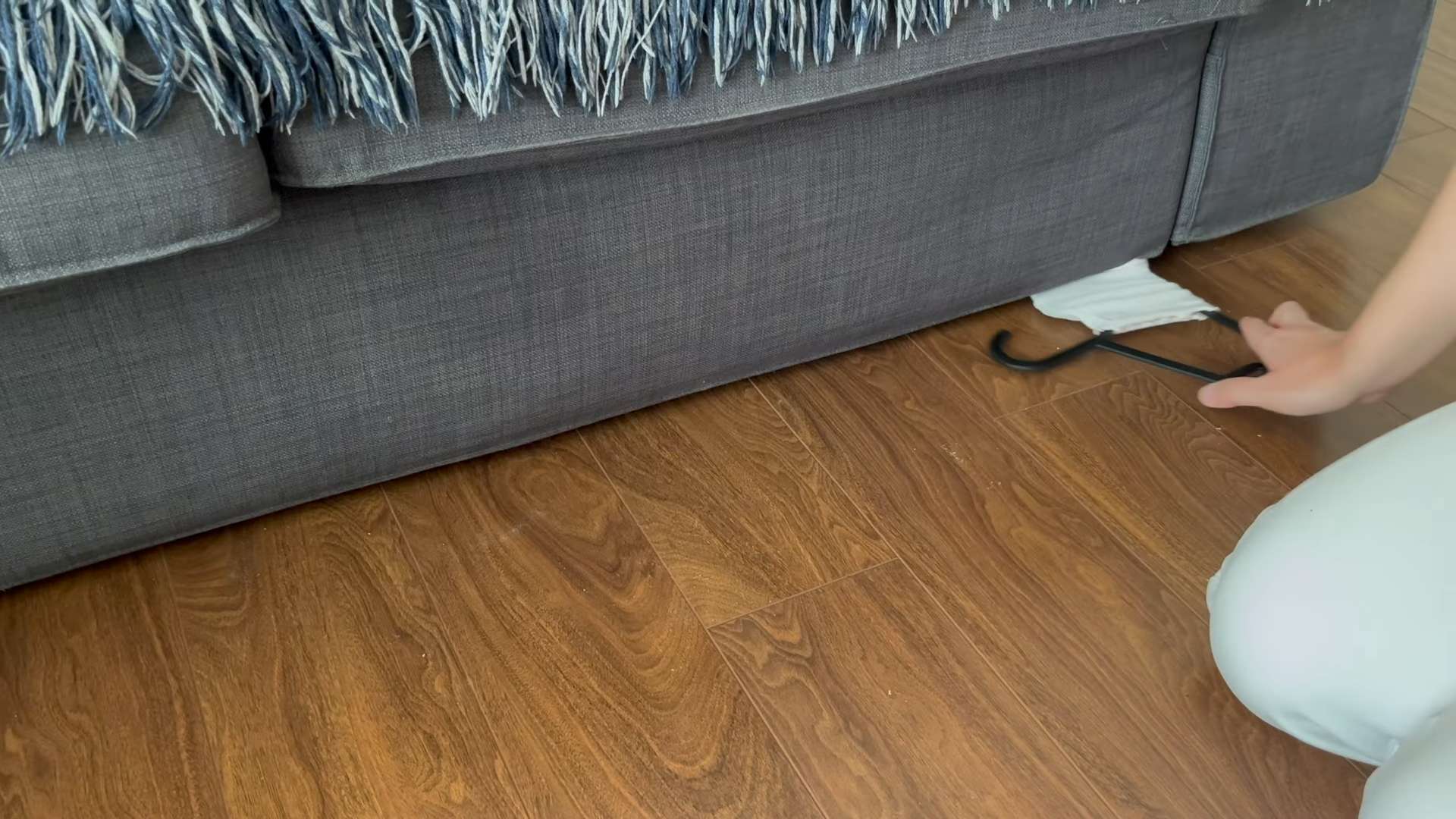
Conclusion
So, there you have it! These effortless household cleaning hacks are more than just quick fixes; they’re game-changers that can revolutionize your cleaning routine and free up your precious time. We’ve explored simple, effective methods using everyday items you likely already have in your pantry. From banishing stubborn stains to revitalizing tired surfaces, these DIY solutions offer a cost-effective and environmentally friendly alternative to harsh chemical cleaners.
Why is this a must-try? Because it’s about more than just a clean home; it’s about creating a healthier, happier living space for you and your family. By ditching the expensive, store-bought products laden with questionable ingredients, you’re taking control of your environment and reducing your exposure to potentially harmful chemicals. Plus, let’s be honest, there’s a certain satisfaction that comes from knowing you’ve achieved sparkling results with your own ingenuity.
But the beauty of these effortless household cleaning hacks lies in their adaptability. Feel free to experiment with variations to suit your specific needs and preferences. For instance, if you’re tackling a particularly stubborn stain, try letting the cleaning solution sit for a longer period before scrubbing. Or, if you prefer a different scent, add a few drops of your favorite essential oil to the mixture. Lavender, lemon, and tea tree oil are all excellent choices for their antibacterial and aromatic properties.
Consider these additional variations:
* **For a natural all-purpose cleaner:** Combine equal parts white vinegar and water in a spray bottle. Add a few drops of lemon essential oil for a fresh scent. This is perfect for cleaning countertops, sinks, and other surfaces.
* **To freshen up your carpets:** Sprinkle baking soda liberally over your carpets and let it sit for at least 30 minutes (or even overnight). Then, vacuum thoroughly. This will help to absorb odors and leave your carpets smelling fresh.
* **To clean your microwave:** Place a microwave-safe bowl filled with water and a few slices of lemon in the microwave. Heat on high for a few minutes until the water boils and the microwave is steamy. Then, let it sit for a few minutes before wiping clean. The steam will loosen any stuck-on food, making it easy to remove.
* **For a DIY furniture polish:** Mix olive oil and lemon juice in a 2:1 ratio. Apply a small amount to a soft cloth and buff your wooden furniture to a shine.
We’re confident that once you try these effortless household cleaning hacks, you’ll be amazed by the results. They’re simple, effective, and budget-friendly – what’s not to love?
So, go ahead and give them a try! We encourage you to experiment, adapt, and discover your own favorite variations. And most importantly, we want to hear about your experience. Share your tips, tricks, and success stories in the comments below. Let’s create a community of clean-living enthusiasts who are passionate about making their homes sparkle without breaking the bank or harming the environment. Your insights could inspire others to embrace these effortless household cleaning hacks and transform their own cleaning routines. Let us know which hack worked best for you, any modifications you made, and how it impacted your cleaning time and budget. We can’t wait to hear from you!
FAQ
What if I don’t have white vinegar? Can I use something else?
White vinegar is a staple in many of these cleaning hacks due to its acidity, which helps to dissolve grime and kill bacteria. However, if you don’t have white vinegar on hand, you can try using lemon juice as a substitute. Lemon juice also has acidic properties and a pleasant scent. However, keep in mind that lemon juice may not be as effective as white vinegar for certain cleaning tasks, especially those involving stubborn stains or mold. In some cases, a mild dish soap solution can also be used as a substitute, but be sure to rinse thoroughly to avoid leaving a residue.
Are these cleaning hacks safe for all surfaces?
While most of these cleaning hacks are generally safe for a wide range of surfaces, it’s always a good idea to test them on a small, inconspicuous area first, especially if you’re dealing with delicate or sensitive materials like wood, marble, or granite. Avoid using abrasive cleaners or scrub brushes on these surfaces, as they can scratch or damage them. For porous surfaces like grout, you may need to use a stronger cleaning solution or a specialized grout brush to effectively remove dirt and grime. Always read the manufacturer’s instructions for any cleaning products you use, and if you’re unsure about whether a particular cleaning hack is safe for a specific surface, err on the side of caution and consult a professional cleaner.
How often should I use these cleaning hacks?
The frequency with which you use these cleaning hacks will depend on your individual needs and preferences. For general cleaning tasks like wiping down countertops and sinks, you can use these hacks as often as needed. For more intensive cleaning tasks like deep-cleaning your bathroom or kitchen, you may only need to do it once a week or even less frequently. Pay attention to the condition of your home and adjust your cleaning schedule accordingly. Regular maintenance and spot cleaning can help to prevent dirt and grime from building up, making your cleaning tasks easier and less time-consuming in the long run.
Can I use essential oils in all of these cleaning hacks?
Essential oils can be a great addition to many of these cleaning hacks, as they can add a pleasant scent and provide additional antibacterial or antifungal properties. However, it’s important to use essential oils safely and responsibly. Always dilute essential oils with a carrier oil or water before applying them to surfaces, and avoid using them on surfaces that may be damaged by oils, such as unfinished wood. Some essential oils, such as citrus oils, can also be photosensitive, so avoid using them on surfaces that will be exposed to direct sunlight. When choosing essential oils for cleaning, opt for those with known antibacterial or antifungal properties, such as tea tree oil, lavender oil, or eucalyptus oil.
What if I have allergies or sensitivities to certain ingredients?
If you have allergies or sensitivities to certain ingredients, such as vinegar or baking soda, it’s important to avoid using those ingredients in your cleaning hacks. There are many alternative cleaning solutions that you can use instead. For example, if you’re allergic to vinegar, you can try using lemon juice or a mild dish soap solution as a substitute. If you’re allergic to baking soda, you can try using borax or washing soda instead. Always read the labels of any cleaning products you use, and if you’re unsure about whether a particular ingredient is safe for you, consult with your doctor or an allergist.
How do I store these DIY cleaning solutions?
It’s important to store your DIY cleaning solutions properly to prevent them from spoiling or becoming contaminated. Store them in airtight containers in a cool, dark place, away from direct sunlight and heat. Label each container clearly with the name of the solution and the date it was made. Most DIY cleaning solutions will last for several weeks or even months if stored properly. However, if you notice any signs of spoilage, such as a change in color or odor, discard the solution immediately. Never mix different cleaning solutions together, as this can create dangerous fumes or reactions.
Are these cleaning hacks environmentally friendly?
Yes, one of the biggest advantages of these cleaning hacks is that they are environmentally friendly. By using natural ingredients like vinegar, baking soda, and lemon juice, you can avoid the harsh chemicals and toxins found in many commercial cleaning products. This not only protects your health but also reduces your impact on the environment. Many commercial cleaning products contain ingredients that are harmful to aquatic life and can contribute to air and water pollution. By switching to DIY cleaning solutions, you can help to create a cleaner, healthier planet for future generations.

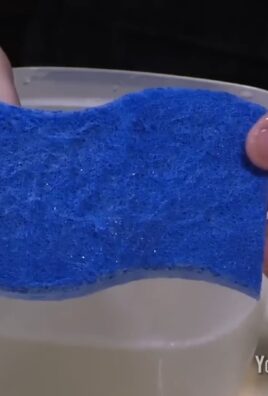
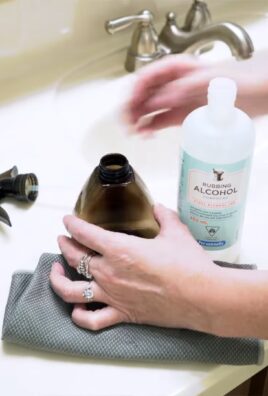
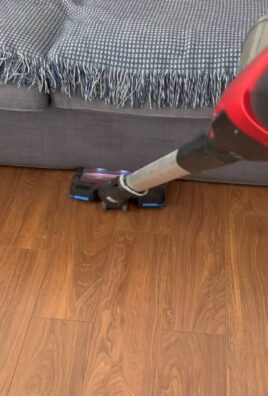
Leave a Comment